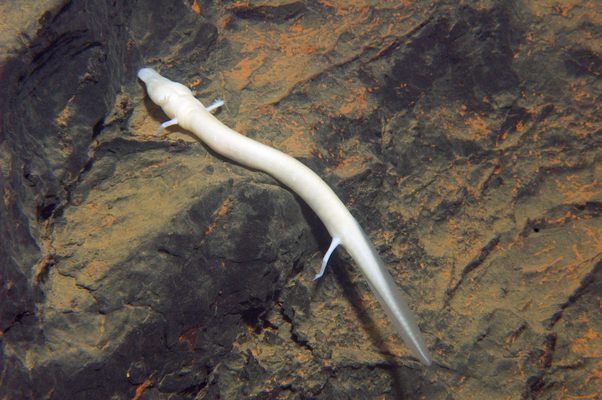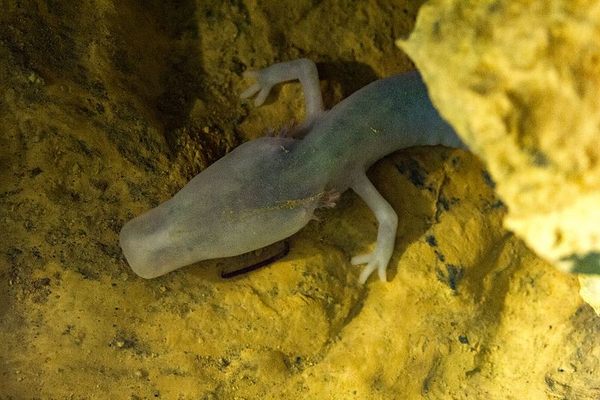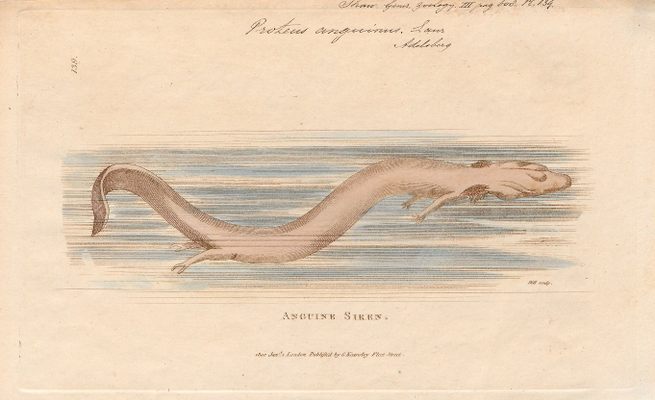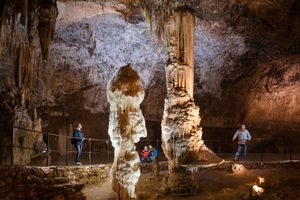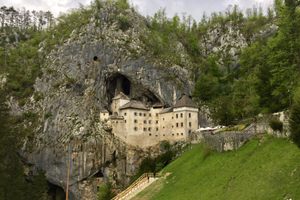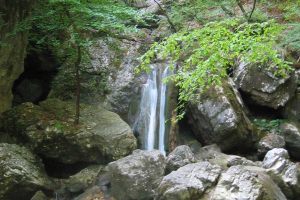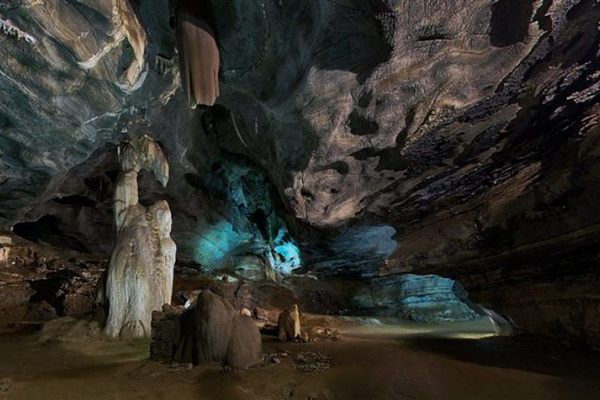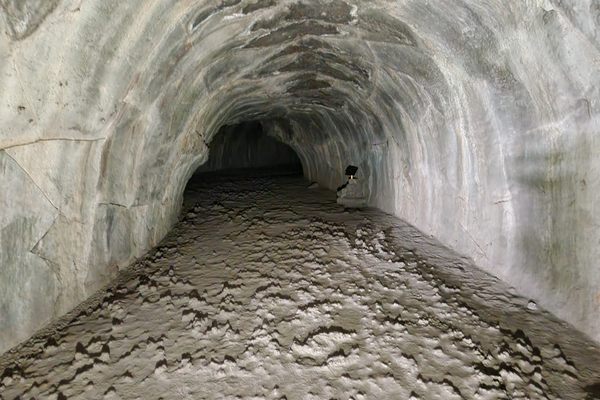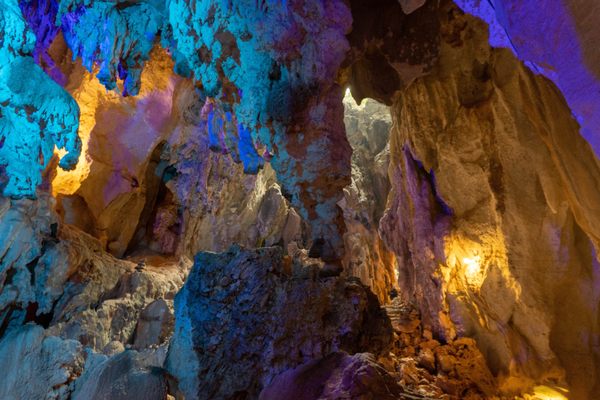About
The olm (Proteus anguinus) is a species of blind amphibians endemic to the deep underground caves of the Dinaric karst of southeastern Europe. The unusual appearance of the olm is the result of extensive adaptations to its habitat. Olms inhabit deep underground lakes and pools, where they spend their entire lives in almost complete darkness. As a result, the skin of these animals is devoid of pigment, making it resemble white human flesh. The local name of the creature is "oveja ribica," which means "human fish."
The snake-like olm was mentioned by Charles Darwin in his seminal work On the Origin of Species as an example of the reduction of structure through disuse. The eyes of the olm are severely underdeveloped, an adaptation to its dark surrounding. Larval olms retain normal eyes for the first four months of life before the organs start to regress. By the time the species reaches its adult stage, the visual system has almost completely atrophied.
Olms retain many other neotic (juvenile) traits, common in other amphibian species—most notably a pair of well-developed gills—into adulthood.
The strange appearance of these creatures has made them an object of human fascination for centuries. Although their deep-water habitat is generally inaccessible, flood waters occasionally carry olms to the surface. Medieval legend considered them baby dragons, as their serpentine bodies and gills corresponded well to the descriptions of these mythological reptiles, and their soft pale purple skin resembled that of a human newborn.
Related Tags
Know Before You Go
These creatures could be best observed in Postojnska Jama cave complex in Slovenia, a well developed tourist spot with a museum which displays a captive colony of olm (The only place in the world other than the inaccessible underwater caves where visitors may view live olms).
Forest to Table in Alpine Slovenia
A Forest-to-Table Gastronomy Adventure in Slovenia.
Book NowCommunity Contributors
Added By
Published
February 11, 2013
